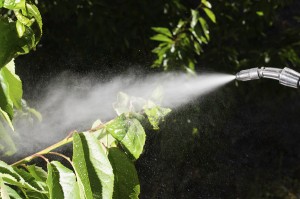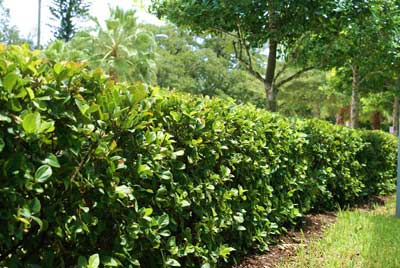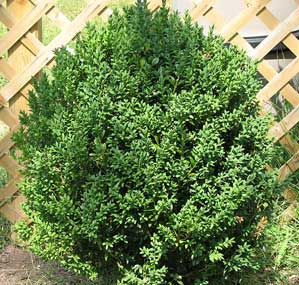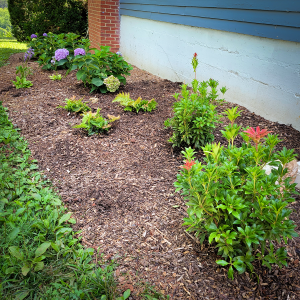Winter is the ideal time to prune most shrubs and trees
Correct pruning is a landscape practice that can enhance the health, vigor and aesthetics of your trees and shrubs. In this blog, we are discussing five advantages to pruning in the winter: [Read more…]





